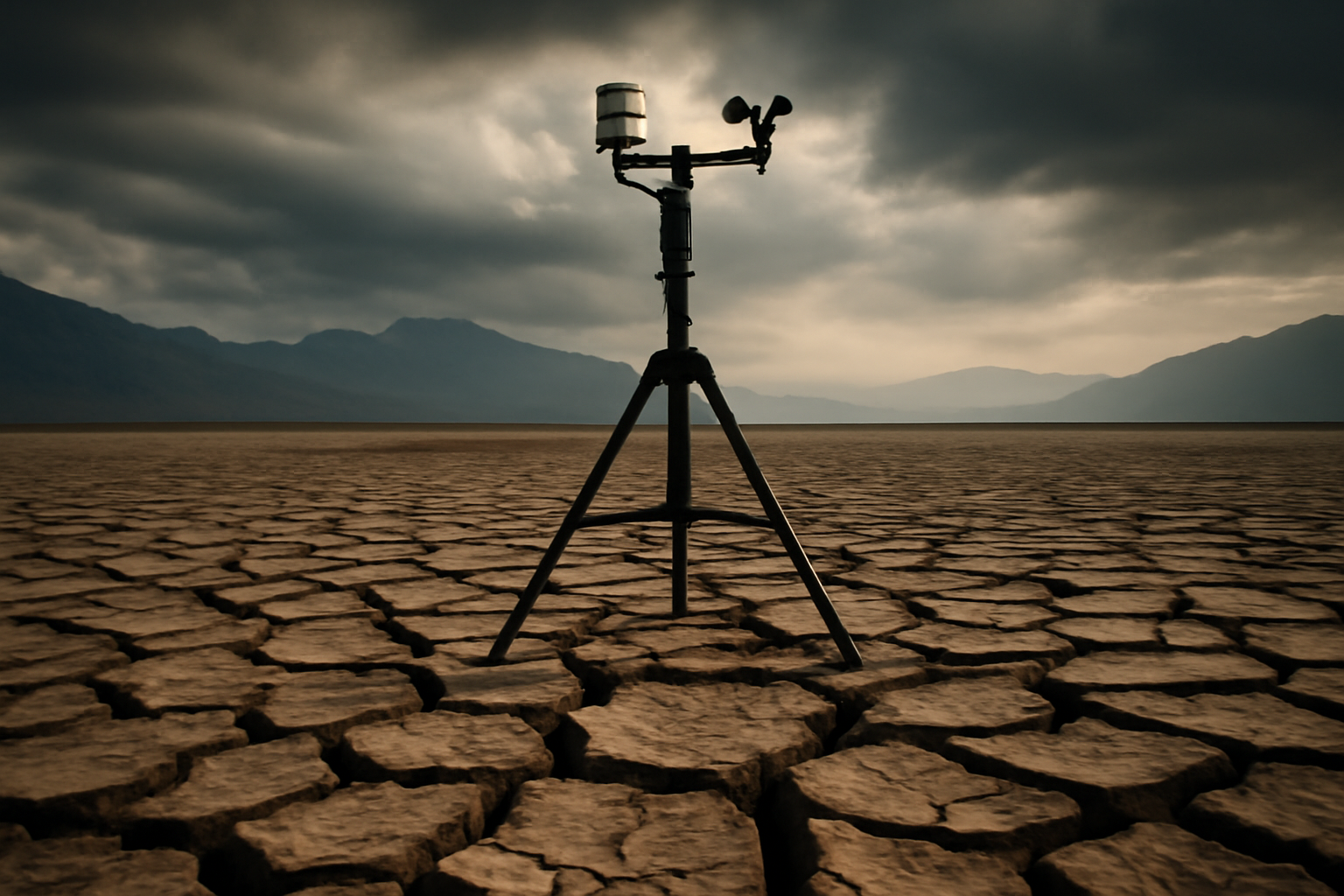
Climate change is a multifaceted global issue with far-reaching impacts that transcend environmental boundaries, seeping into economic, social, and political realms. Understanding these impacts requires an examination of various sectors including agriculture, health, infrastructure, and geopolitics.
Agricultural Impacts: Climate change significantly affects agricultural productivity due to shifts in temperature, precipitation patterns, and extreme weather events. Warmer temperatures can alter growing seasons, reduce crop yields, and exacerbate pests and diseases. For instance, increased droughts lead to water scarcity, affecting water-dependent crops, which undermines food security. Additionally, agricultural regions reliant on downstream river flows, such as the Nile Delta and the Indus Valley, face increased risks as glaciers retreat and rainfall patterns become erratic.
Health Implications: Health impacts are pervasive, ranging from direct consequences, like heat-related illnesses and injuries from extreme weather, to indirect effects, such as altered transmission patterns of vector-borne diseases. Increasing temperatures expand the habitat range of mosquitoes that carry diseases like malaria and dengue fever. Moreover, air quality deterioration from climate change exacerbates respiratory conditions and contributes to premature deaths.
Infrastructure Challenges: Infrastructure faces severe challenges under changing climate conditions. Sea level rise threatens coastal cities, increasing flooding risks. For example, cities like Jakarta and New York are investing heavily in flood defenses and considering relocation strategies to cope with predicted sea level rises. Meanwhile, extreme weather events like hurricanes and wildfires strain resources and damage infrastructure, requiring costly rebuilds and adaptation measures.
Geopolitical and Security Risks: Climate change acts as a threat multiplier, exacerbating existing geopolitical tensions and creating new security concerns. Areas with scarce resources might experience increased competition, leading to conflict. For instance, the Arctic’s melting ice caps open new navigation routes but also incite territorial disputes among nations vying for control over untapped oil and gas reserves. Furthermore, migration induced by climate-related disasters can result in cross-border tensions, as seen in regions like the Sahel, where environmental degradation drives people towards Europe.
Understanding the real-world impacts of climate change is essential for formulating adaptive and mitigation strategies. Decision-makers must integrate robust climate data into planning processes and consider the interconnectedness of climate impacts across sectors to build resilient systems and communities. This approach not only requires international cooperation but also relies on local action plans that address specific regional vulnerabilities, ensuring global efforts are grounded in practical realities.